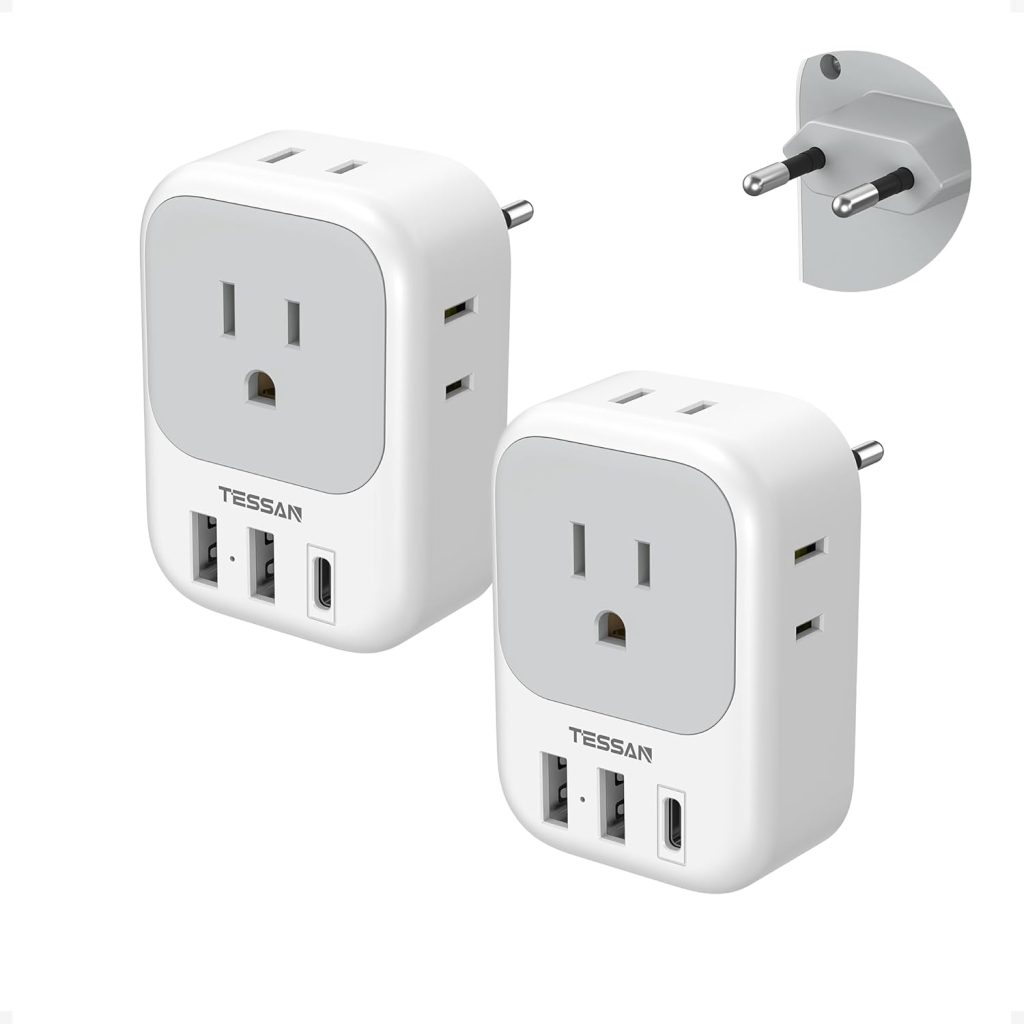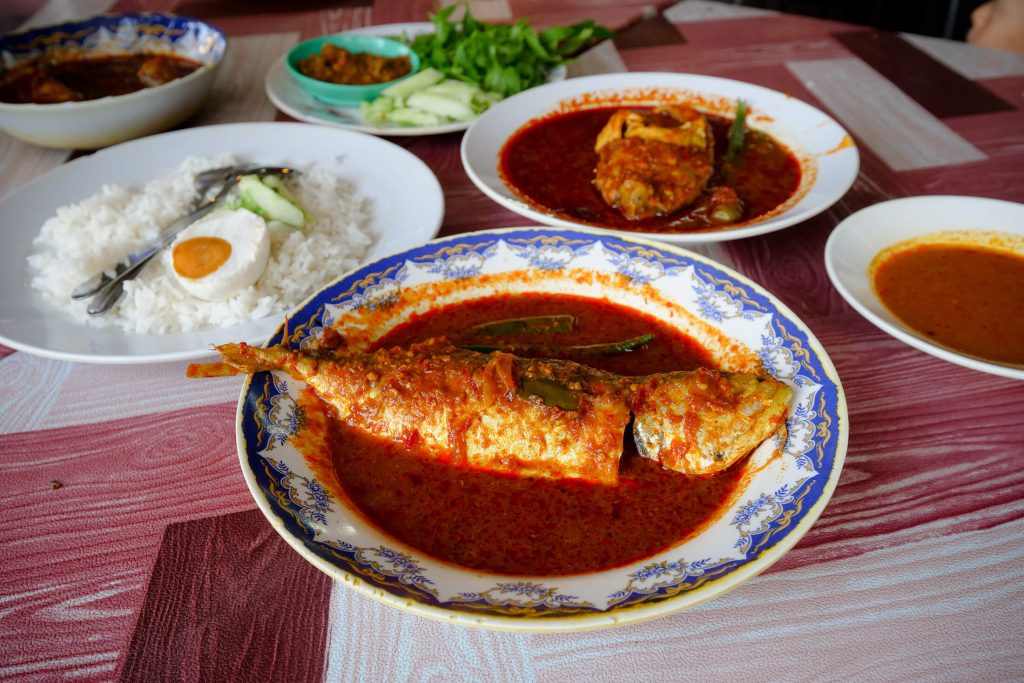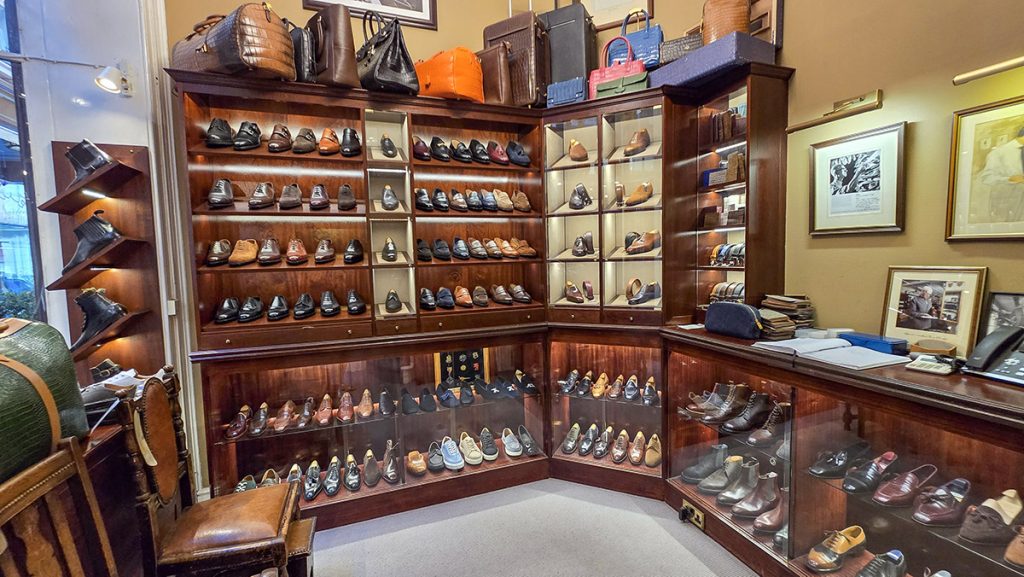Kairouan, Tunisia, is a highly significant destination in North Africa that should not be missed. With its UNESCO recognition, rich historical sites, including one of the most sacred places in Islam, and vibrant medina, Kairouan offers a unique experience for travelers. During my day trip from Sousse, I was amazed by the city’s historical importance and lively atmosphere. It is undoubtedly one of the best places to visit in Tunisia, and I highly recommend adding it to your itinerary. To help you plan your trip and make the most of your visit to Kairouan, I have put together this guide. Keep reading to discover all the attractions and essential information about Kairouan.
Location of Kairouan, Tunisia:
Kairouan is situated in the northeastern part of Tunisia, approximately 160 km south of the capital city, Tunis. It is also just 55 km from Sousse, the third-largest city in Tunisia.
A Brief History of Kairouan:
Kairouan was founded in 670 by Uqba ibn Nafi, an Arab general, who selected this location as a military post to protect caravans on their way to conquer the West. The construction of the Great Mosque, one of the main highlights of Kairouan, took place during this time. The city experienced its golden era between the 9th and 10th centuries under the rule of the Aghlabid dynasty. However, it gradually lost its significance after this period and was heavily damaged by the Banu Hilal tribes in 1057. Despite losing its former glory, Kairouan remained culturally, religiously, and educationally influential in the region. Today, it is a bustling city with numerous historical sites and is recognized as a UNESCO World Heritage Site.
Getting to Kairouan:
The most convenient way to reach Kairouan is by using the local transportation called “louages.” Louages are minibusses that can accommodate up to 10 passengers and operate on a full capacity basis. They connect Kairouan with various destinations across Tunisia. If you are traveling from Sousse, louages depart frequently, and the journey takes approximately 55 minutes. The ticket price for the Sousse-Kairouan route was 6,200 TND during my visit. It is essential to purchase your ticket before boarding the louage. Friendly locals will be more than willing to assist you. The louage station in Kairouan is around a 15-minute walk from the Old Town.
What to See in Kairouan:
The Great Mosque, one of the most prominent and revered places in Islam, is the highlight of Kairouan and a top tourist attraction in Tunisia. The original mosque was built in 670 but was later destroyed. The current mosque, constructed in 863, quickly became a significant Islamic site. Visiting the Great Mosque is a must as it allows you to explore the courtyard, admire the picturesque columns and arches, and observe the sun clock with four black pins indicating prayer times. While non-Muslims are not permitted to enter the prayer hall, you can still appreciate its stunning interior.
To enter the Great Mosque, a small fee is required, which also grants access to five other sites in Kairouan, including the Sidi Abada Mausoleum, Rakkada Museum, Basins of Aghlabides, Sidi Abid Mausoleum, and Abi Zamaa Mausoleum. It is essential to dress modestly and respectfully, with women covering their hair. Taking photographs is allowed throughout the mosque, including the prayer hall.
In addition to the Great Mosque, exploring the narrow streets of the medina is a delightful experience. The medina is surrounded by 3.5 km of majestic walls with a few entrances, creating an enchanting world. The medina’s layout has remained virtually unchanged over the centuries, and wandering through its picturesque lanes, adorned with colorful houses and arches, is a memorable journey. You can also visit local bazaars catering to the needs of residents, providing an authentic glimpse into daily life.
Kairouan’s medina is one of my favorite medinas in Tunisia due to its authenticity and lack of excessive tourist influence. However, it is essential to be cautious as some individuals may try to guide you unnecessarily. One notable attraction in the medina is the Mosque of the Three Doors, renowned for its beautifully decorated facades. The Governor’s House, now functioning as a carpet shop, is another remarkable site with an impressive interior. The Sidi Abid Mausoleum, which served as a Koranic school, showcases intricate tiles and mosaics. Nearby, you can find Bir Barouta, a 17th-century well believed to be connected to the Zamzam spring in Mecca. If you’re looking for a place to eat in the medina, Dar Abderrahman Zarrouk offers delicious Tunisian cuisine in a traditional setting.
While many attractions are concentrated within the medina walls, Kairouan has more to offer outside of this area. The Barber’s Mosque, constructed in the 17th century, stands on the tomb of one of Prophet Muhammad’s companions from the 7th century. This holy complex impresses visitors with its stunning interior and intricate tiles. A short walk from the mosque leads to the Basins of Aghlabides, a collection of three 9th-century cisterns. These historic structures are a testament to Kairouan’s rich heritage.
In conclusion, Kairouan, Tunisia, is a destination that should not be missed when visiting North Africa. Its UNESCO recognition, historical sites, including the Great Mosque, and vibrant medina make it an essential part of any Tunisian itinerary. Whether you choose to explore Kairouan independently or join a guided tour, this city offers a unique cultural experience. Don’t forget to plan your visit accordingly, dress modestly, and be respectful of the religious significance of the Great Mosque. I hope this guide helps you plan your trip to Kairouan and encourages you to visit this remarkable city soon.








